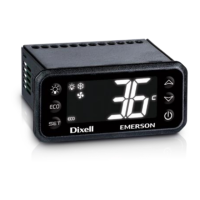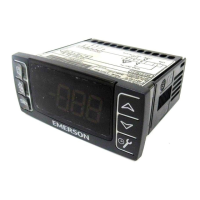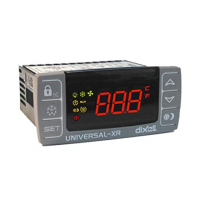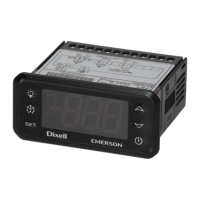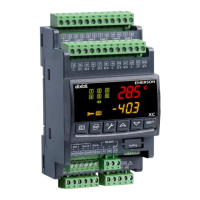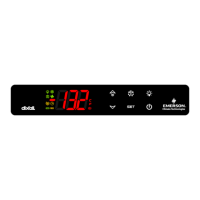User Manual Chapter 12
GFK-1742F Jan 2020
Local Logic Language Syntax 292
12.2 Enabling and Disabling Local Logic
Local Logic execution is enabled using a host controller Q bit. For example if a DSM is
configured with a starting %Q reference of %Q0001 then the Local Logic enable bit is
%Q0002 (beginning reference + offset of 1 ). The Local Logic program name must be
specified in the hardware configuration software and the field for Local Logic
Enabled/Disabled must be set to Enabled. Refer to Chapter 10 for a detailed description of
configuring Local Logic in hardware configuration.
Local Logic executes only while the host controller is in RUN mode. If The host controller is
switched to STOP mode or if the enable Local Logic Q bit is turned off, Local Logic execution
is halted and all Digital Outputs, Control bits (Jog, Feedhold, Strobe Resets, Follower Enable)
and CTL bits that are under the control of Local Logic are disabled.
Attempting to execute Local Logic in the First CPU Sweep will result in an error being
reported. For example, switching from Stop Mode to Run Mode while the Local Logic Enable
bit is on will generate an error and the Local Logic program will not execute. Toggle the
Enable Q bit to run the Local Logic program.
Note: The Local Logic Engine will not run if any custom Local Logic functions are enabled via the
Advanced Parameters in Hardware Configuration. The custom function will normally not be
available and is developed for application specific use only by Emerson.
12.3 Local Logic Outputs/Commands
DSM command bit outputs (Jog, Feedhold, Follower Enable and Strobe Resets) are OR’ed
between the host controller command and the Local Logic command. Therefore, either the
host controller or Local Logic can control them i.e. the command bit output is active if either
the host controller or Local Logic has turned it on.
AQ commands are accepted on a last-write basis. For example, if both the host controller
(%AQ) and Local Logic issue a Follower Ratio command the last value written will be active.
DSM faceplate digital outputs (real outputs switched by the DSM) are individually
configurable to be either under Local Logic control or host controller control, but not both
simultaneously. Refer to Chapter 14 for a detailed description on configuring the Digital
Outputs.
Local Logic digital outputs, immediate commands and command bits are updated at the
end of each Local Logic Sweep (refer to Chapter 13 for a list of the command Variables and
digital output variables). Therefore if the Local Logic program writes to the same command
variable or digital output variable multiple times in the same sweep, the last value written
will be the effective command.
For example, the sample code below shows the Jog_Plus variable, the Strobe_Reset variable
and the Follower_Ratio being written multiple times within the same sweep. In all cases the
final value written is the active value.

